
According toa combination of CCTV News, Caixin, and Phoenix:
Local time onOctober21, in the Japanese Senate prime ministerial nomination election in the second round of voting,the Liberal Democratic Party (LDP) President Takashi Hayabusa received125votes, won in the vote, was elected Japan’s104thprime minister, but also in the history of Japan’s first female prime minister.
Takashi Hayabusa,64, is one of Japan’s leading right-wing politicians, advocating an expansionary fiscal policy and higher defense spending. As planned, Takashi willimmediately form a cabinet on the21stand launch a ruling coalition of the LDP and the Restoration Council after a prime ministerial appointment ceremony by the Emperor of Japan and a certification ceremony for cabinet members.
Earlier in the day, in the first round of voting for the prime ministerial designation election for the House of Representatives of Japan, Hayao Takashi received237votes (out of a total of465seatsin the House of Representatives), winning by more than half of the votes cast.

I. Japan welcomes its first female prime minister:
Takashi Hayabusa takes office, a“breakthrough moment“for Japanese society.
October2025marked a historic moment in Japanese politics. Former Liberal Democratic Party (LDP) political coordinator Hayao Koichi won the party election and officially became the102ndPrime Minister ofJapan.
This is not only the first time since the founding of Japan that a woman has served as the country’s top executive, but it is also considered to be a“breakthrough moment“for Japan’s social structure and political culture.
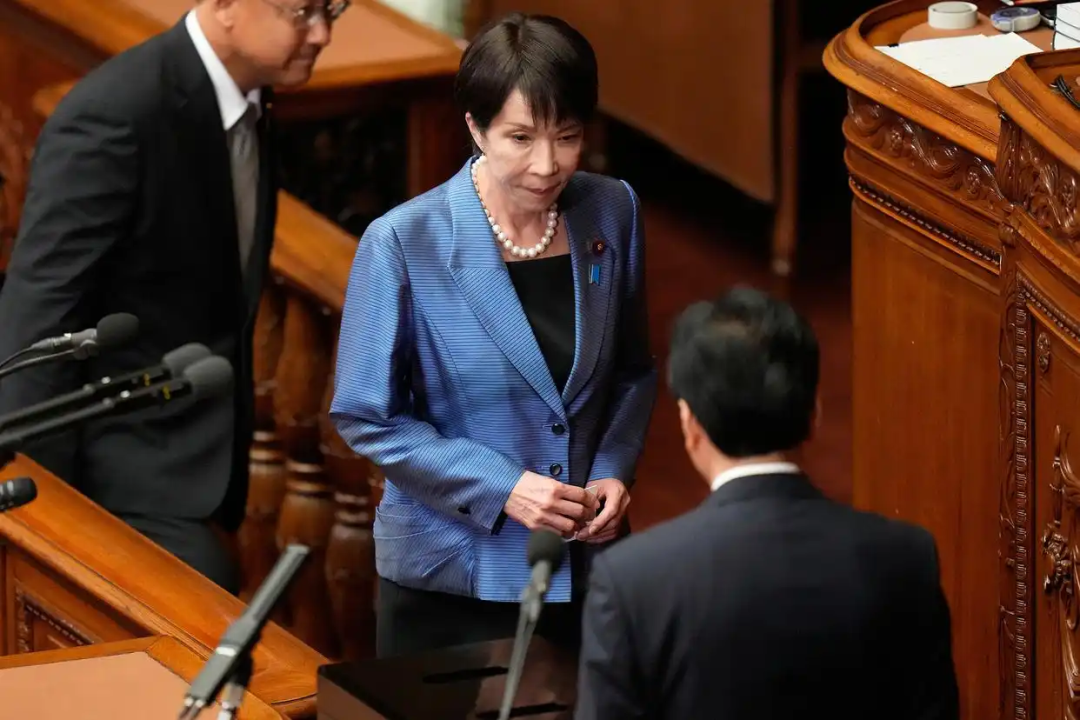
Source: CCTV News, deleted
According to a CCTV news report, in the LDP presidential election, Takashi Hayabusa defeated her rival, the representative of Fumio Kishida’s camp, by a wide margin in the second round of voting. Her victory was no accident, but the result of multiple structural transformations in Japan’s politics, economy and society.
Born in Nara Prefecture, Takashi Hayabusa is one of the fewfemale politiciansin the Japanese political arenawhohas long focused onthe issues of“scientific and technological security“and“economic revitalization,“having served as the Minister of General Affairs and the Minister of Economic, Social and Cultural Affairs.She graduated from Kobe University with a degree in economics, and worked as a broadcaster, where she was known for her sharp style. Since entering politics, she has advocated strengthening Japan’s technological autonomy and competitiveness in the digital industry, and has focused on local economic regeneration and demographic balance.
In his inaugural speech, Hayao Takashi made three key points in particular:
① Promote structural transformation of the Japanese economy and enhance the innovation capacity of small and medium-sized enterprises;
② Promote social inclusion and diversified participation including women, young people and foreign talents;
③ Optimize the business environment and create a fair ground for entrepreneurship and investment.
She emphasized,“Japan must become a society where all people can participate in creating the future: regardless of gender, age or nationality.“
This statement is widely interpreted by the media asJapan will usher in aneconomic and social reform centeredon“openness and inclusiveness“.
1. Symbolism of Japan’s first female Prime Minister
The appointment of Hayao Takashi is seen as an important symbol of the shift in the gender structure of Japanese society.
According to Japan’s Cabinet Office statistics, the proportion of women in management has long been less than15 percent, and less than10 percent ofboards of directors of large corporations.In the political arena, the proportion of female Diet members is also only about10%, much lower than in Europe and the United States.
Therefore, when Hayao Takashi became prime minister, it was not only a change of political figures, but also a shock to the social psyche.
The phrase “#Japan’s first female prime minister“was once a hot topicon Japan’s social media platforms.Most people believe that her assumption of office represents“the beginning of a new era for Japan,”especially in terms of affirmative action for women in the workplace, opportunities for entrepreneurship, and a balance between education and family, which may bring more realistic policy support.
Kiyoko Matsuda, a professor of sociology at the University of Tokyo, noted in a media interview:
“This is not just the birth of a female prime minister, but a realignment of social values.
Japan has pursued stability in economic growth in the past decades, but now it is more important to rebuild social vitality.“
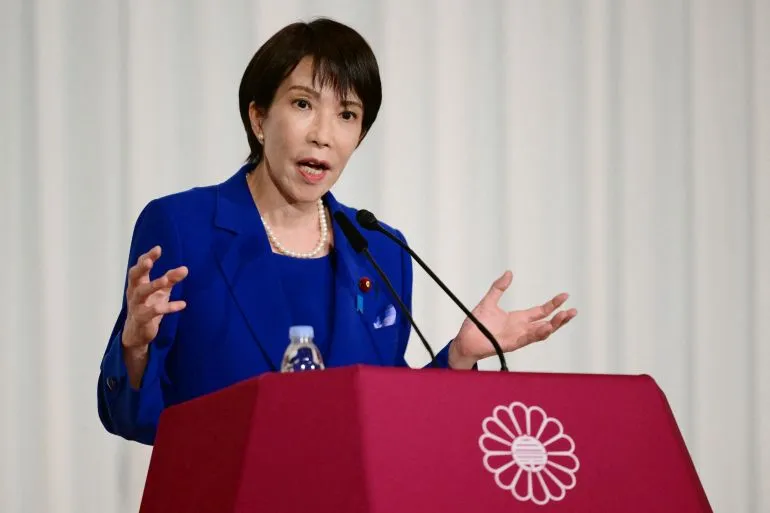
Photo credit: Reuters
2. Extension of economic strategies: from science and technology to entrepreneurship
Unlike previous Japanese prime ministers, who focused on macroeconomic and fiscal policies, Hayao Takashi’s policy agenda focuses more on“structural dynamics” –especially entrepreneurship, innovation and synergistic development of the local economy.
She proposed tomake local officials and small and medium-sized enterprises (SMEs) the second engine of economic growththrough themodel of“local creationxdigital innovation“.
In the details of the policy, she made it clear:
Strengthening entrepreneurship support policies, especially for women and foreign entrepreneurs;
Optimize the visa system to attract skilled and managerial international talents;
Reform the tax system to provide relief and financing for start-ups.
This means thatJapan isshiftingfroma “subsidized economy“toan “entrepreneurship-driven economy,“and the adjustment of systems such asthe“management visa“will be an important tool for realizing this strategy.
3. Transformation of the social climate
More profoundly, Japanese society is redefiningthe gender boundaries of“leadership“and the sources of economic vitality.
Over the past decade, Japan has consistently lagged behind in the Global Entrepreneurship Index, with a low percentage of foreign entrepreneurs and a lack of female entrepreneurship recognized as structural shortcomings in economic innovation.
Now that the first female prime minister has taken office, coupled withthe triple orientation of“entrepreneurship, inclusiveness, and openness“at the policy level, a new social signal is being sent:
“Entrepreneurship is no longer a venture for a few, but part of a national strategy.“
In terms of public opinion, there has been a significant increase in the acceptance of entrepreneurship and self-employment among young people in Japan.
2024shows that nearly half ofrespondents aged20to40consider“running an independent business“to be one of their ideal career paths, compared to only15%a decade ago.
It can be said thatTakashi Hayabusa’s assumption of office not only represents the elevation of women’s political status, but also initiated a collective shift in Japan’s economy and culture–from“stability“to“vitality“, from“ closed loop” to ” openness “. From “closed loop“to“open“.

Photo credit: Reuters

II. The shift in Japan’s policy structure:
From“female inclusion“to“entrepreneurship and innovation“
The assumption of office by Hayao Takashi is not only a political symbol, but also directly affects the actual operation of Japan’s economic and social policies. Against the backdrop of increasing childlessness and population aging, Japan has begun to shift from a traditional subsidized economy to an economic development model centered on entrepreneurship, innovation, and international talent. One of the core of the policy adjustments is the optimization and regulation of the entrepreneurial environment and foreign business management visas.
In recent years, Japan has beenattracting foreign investors and entrepreneurial talentsthrough the“Management Visa“, which provides them with a legal status to establish companies and conduct business activities in Japan.
Back in1994, Japan introduced the Business Investment Visa, whichwas changed to the Business Management Visa in2015. This policy has continued to grow in popularity over the past decade, and is particularly hot among Chinese investors. With relatively low thresholds and easy landing paths, many entrepreneurs have used the visa to open companies, B&Bs or coffee shops in Japan, relocate their families and restart their careers.
The policy guidelines proposed by the Takashi City Cabinet are highly compatible with the direction of the business management visa: by optimizing administrative processes, strengthening support for entrepreneurship, and focusing on social inclusion, we are encouraging foreign personnel with real business skills to enter the Japanese market. This reflects the strategic choice of opening up to the outside world and responds to the expectations of domestic entrepreneurs for an entrepreneurial environment.
Meanwhile, Japanese society is stepping up its support for women entrepreneurs. Policies not only provide incentives in terms of financing, entrepreneurial training and taxation, but also encourage businesses to adopt diverse team structures.
For both male and female entrepreneurs, both local and foreign, the improvement of the entrepreneurial environment and the transparency of policies have brought more opportunities. It is foreseeable that the management visa will not only be a tool for foreign investors to obtain legal status, but also become an important institutional support for Japan to promote innovation and entrepreneurship and attract high-quality human resources.
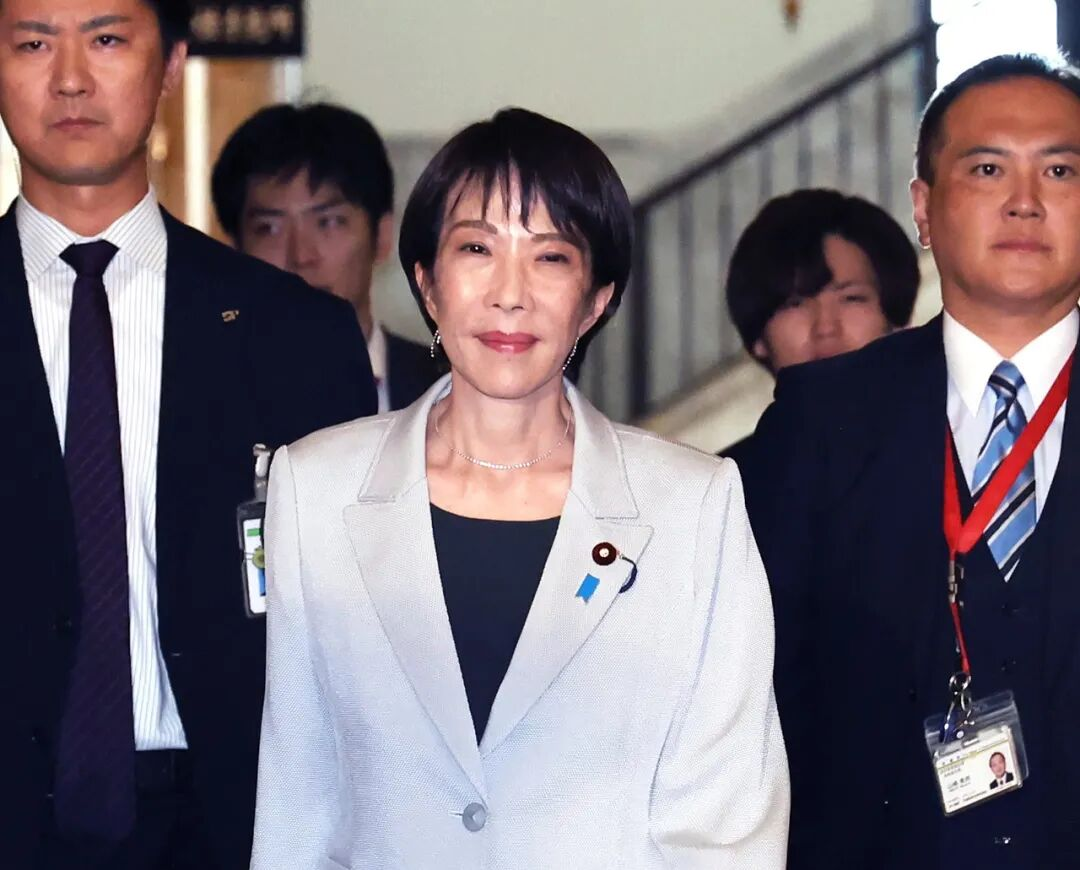
Photo credit: Reuters

(c) The new regulations for operating and managing visas have been put in place:
Fromthe “250,000 RMB Era“to High Threshold Screening
InOctober2025, the Japan Immigration and Residence Agency officially announced new regulations for business management visas,raising theregistered capital for application from5million yen to30million yen (approx.1.4millionRMB), and increasing the requirements for hiring Japanese nationals or permanent employees, language proficiency, and business experience.
The new policy hasbeen effectivesinceOctober16, marking the end of the past era of low-threshold immigration and entrepreneurship.

Source: Internet, deleted
According to the data, by theend of2024, there will be more than41,000foreigners holding business management visas, most of whom are Chinese investors. In the past,the model of“only250,000 RMB to open a company and settle down with the whole family“has been completely changed by the new policy.
The new regulations require applicants to provide at least 3 years of relevant management experience or a master’s degree or higher, employ a permanent Japanese employee, and haveN2or higher Japanese language skills.
Industry insiders point out that the goal of the new policy is clear: to screen out entrepreneurs with real business ability and reducethe proliferation ofregistered addresses and“shell companies“. Japanese lawyer Sho Moriwaki said that the tightening of the policy is aimed at improving the quality of entrepreneurship and ensuring that foreign talents make a real contribution to the Japanese economy, rather than simply pursuing status and visa convenience.
For the majority of potential entrepreneurs, the new regulation is both a challenge and an opportunity. On the one hand, a large number of wait-and-see and retreat behaviors are inevitable in the short term; on the other hand, investors with real business capacity, capital and language conditions will conduct business in a better quality and more regulated environment, and gain space for long-term stable development.

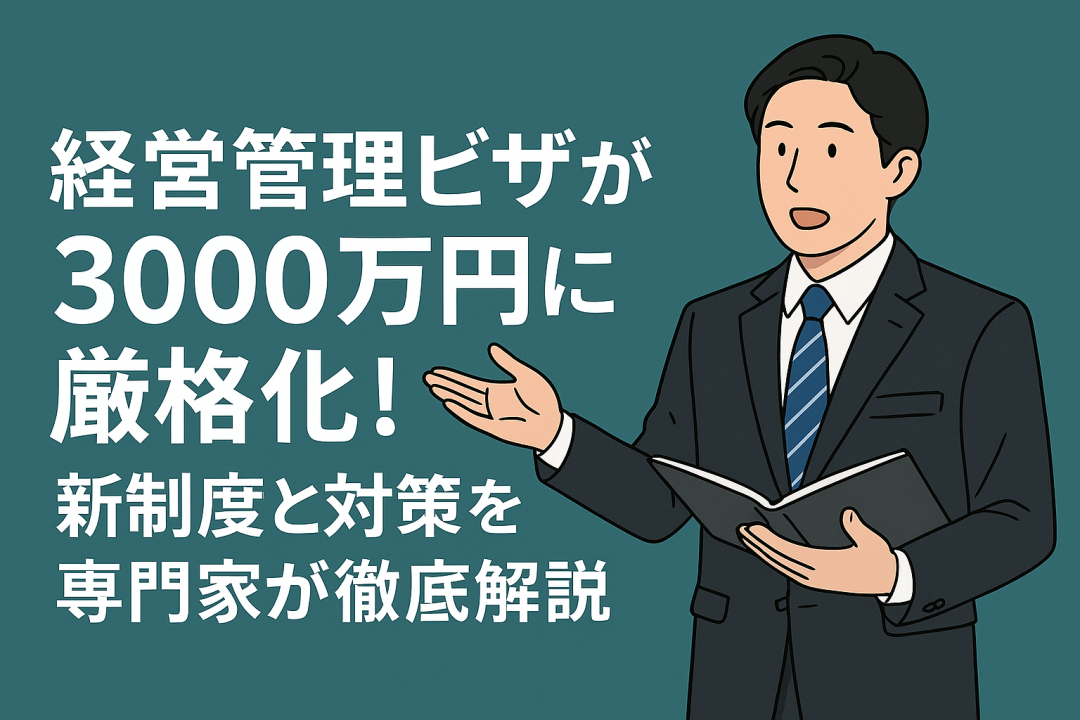

Source: Japan Immigration Service

IV. Entrepreneurial choices and life facts
Entrepreneurs reacted differently before and after the new policy came into effect. Some investors chose to land in Japan early in an effort to apply before the new regulations came into effect;
Other investors chose to abandon their original business start-up plans and switch to part-time work or other visa types. For example, Wan, who is four months pregnant, decided to abandon a project that had been in the works for a year and a half and return home, while Mr. Zhao, who comes from the construction industry, landed in Japan early to prepare for the policy adjustment with a new business plan. Café entrepreneur Mr. Wei, on the other hand, chose to abandon the entrepreneurial route in favor of long-term employment.
In reality, entrepreneurs face challenges not only from policies, but also from daily operations and social integration. In the case of the B&B industry, for example, investor Dai Jiashan purchased several properties in Osaka to run a B&B, but problems such as management costs, garbage disposal, and language barriers came up one after the other;
Mr. Wang is at risk of visa renewal because he cannot afford the cost of hiring permanent staff. Reality shows that even with capital and a plan in place, entrepreneurs still have to deal with multiple institutional, operational, linguistic and cultural challenges.
On the other hand, there are also a few entrepreneurs who landed on their feet successfully, such as Zhou Tian, who started a gallery in Tokyo, and whose personal experience has been successfully adapted to the requirements of the new policy, showing that there is still room for entrepreneurs who really have the ability to run a business and plan for their business to thrive after the adjustment of the policy.
Overall, the new regulations have contributed to the“elimination” offoreign entrepreneurs in Japan, effectively screening out non-genuine operators and optimizing the structure of the industry.
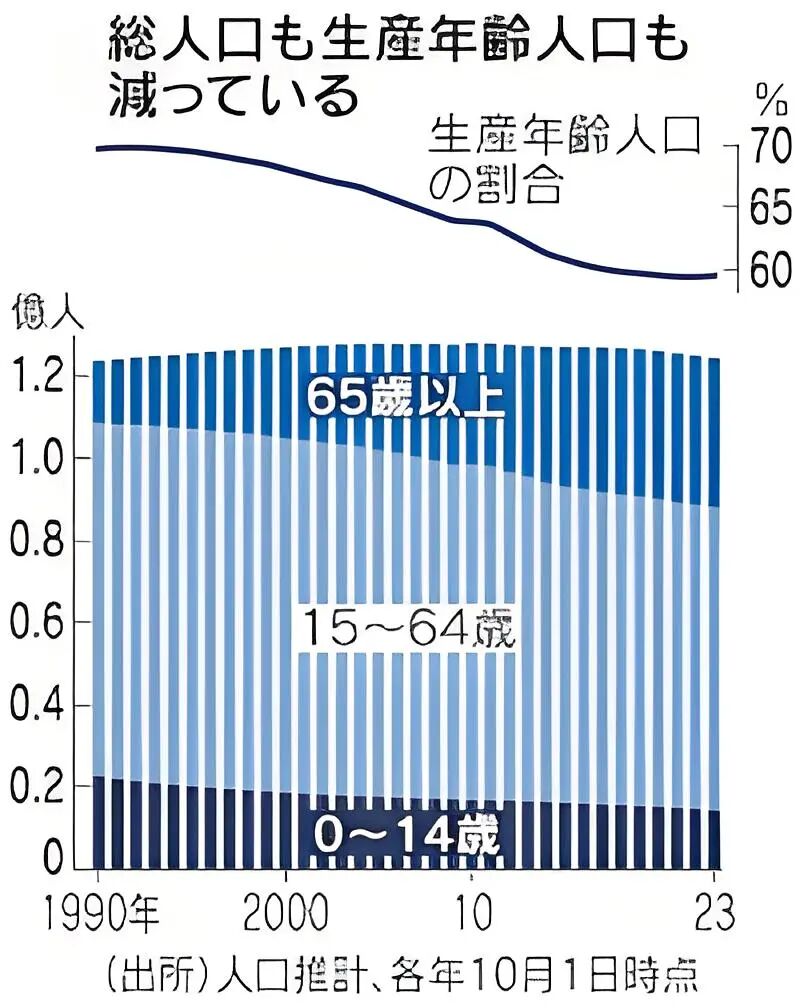

Source:Japan Immigration Service

V. Future trends and recommendations under policy adjustments
The new rules on Japanese management visas and the emphasis on entrepreneurship and inclusiveness policies since Hayao Takashi took office reflect Japan’s new thinking in dealing with an aging population, labor shortages and bottlenecks in economic innovation. The immediate effect of the tightened policy is to raise the threshold of entrepreneurship and screen for quality foreign talent; in the long run, it may promote a closer ecological collaboration between Japanese companies and foreign investors.
In response, professionals who specialize in identity planning offer the following tips:
For investors who plan to start a business through a business management visa, they should plan ahead for capital, hiring and language skills to ensure compliance with the new regulations;
For potential entrepreneurs who have not yet landed, they should pay attention to the policy refinement and transitional arrangements and reasonably assess the risks;
For operators already in Japan, business performance, financial transparency and staff training should be strengthened to ensure smooth renewal.
At the same time, the new policy highlights the trend of evolution of Japanese social structure and culture:
Women’s leadership is enhanced, the entrepreneurial environment is optimized, and international talent policies are transparent. Both men and women, expatriates and local investors will face a more regulated, competitive but better quality entrepreneurial market in terms of opportunities.
It is expected that in the next five years, the management visa market will shift from quantitative expansion to qualitative improvement, and this ishighly in linewith thestrategy of“Advancement of All Generations“proposed by Japan’s first female Prime Minister, so thatthose who are truly capable will be able to obtain a more stable ground for development in Japan.
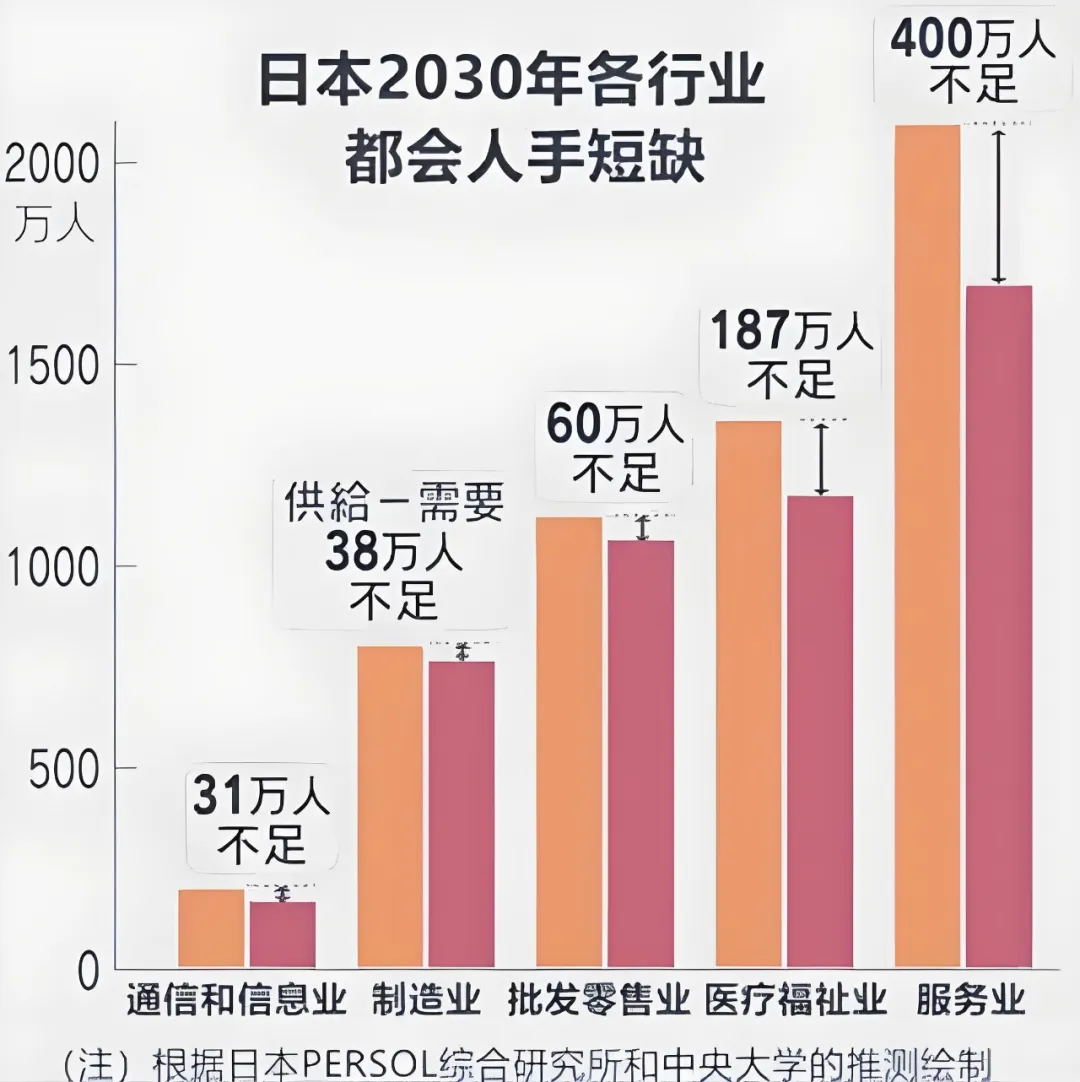
Source:PERSOL Japan
Conclusion:
The inauguration of Hayao Takashi is not only a historic political event, but also marks Japan’s institutional turn towards gender affirmation, social inclusion and economic innovation. At the same time, new regulations on business management visas have come into effect, setting a higher bar for foreign entrepreneurs and creating a higher quality market environment.
Under the dual role of policy guidance and social culture, Japan’s entrepreneurial ecosystem is entering a whole new phase:entrepreneurs with real business skills and the courage to innovate will find new opportunities and stages in this eastern economic powerhouse.
Note:References from China’s CCTV News, Caixun, Phoenix,21stCentury Business Herald, Japan Immigration Bureau, “Provisions of the Immigration Control and Refugee Recognition Act,”Japan PERSOL,Reuters, comprehensive news reports, reprinted must indicate the source, infringement of the deletion of the contact.
…
👇 Plus V enters Singapore’s largest outbound community 👇

Past Recommendations

